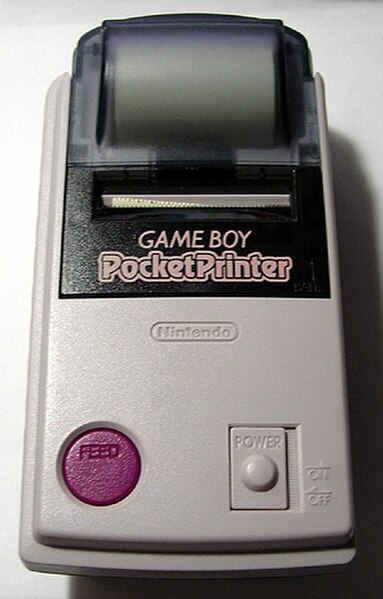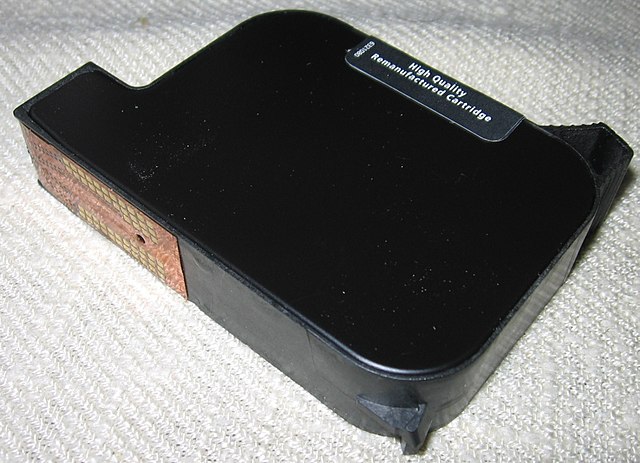Daisy wheel printing is an impact printing technology invented in 1970 by Andrew Gabor at Diablo Data Systems. It uses interchangeable pre-formed type elements, each with typically 96 glyphs, to generate high-quality output comparable to premium typewriters such as the IBM Selectric, but two to three times faster. Daisy wheel printing was used in electronic typewriters, word processors and computers from 1972. The daisy wheel is so named because of its resemblance to the daisy flower.
Metal Daisy Wheel for Xerox & Diablo printers
Plastic Daisy Wheel for Qume printers
Samples of daisy wheel printer output. Actual print is much crisper than these images
The Royal LetterMaster, a budget daisy-wheel printer from the 1980s
In computing, a printer is a peripheral machine which makes a persistent representation of graphics or text, usually on paper. While most output is human-readable, bar code printers are an example of an expanded use for printers. Different types of printers include 3D printers, inkjet printers, laser printers, and thermal printers.
HP LaserJet 5 printer
The Game Boy Pocket Printer, a thermal printer released as a peripheral for the Nintendo Game Boy
This is an example of a wide-carriage dot matrix printer, designed for 14-inch (360 mm) wide paper, shown with 8.5-by-14-inch (220 mm × 360 mm) legal paper. Wide carriage printers were often used in the field of businesses, to print accounting records on 11-by-14-inch (280 mm × 360 mm) tractor-feed paper. They were also called "132-column printers".
Liquid ink cartridge from Hewlett-Packard HP 845C inkjet printer








